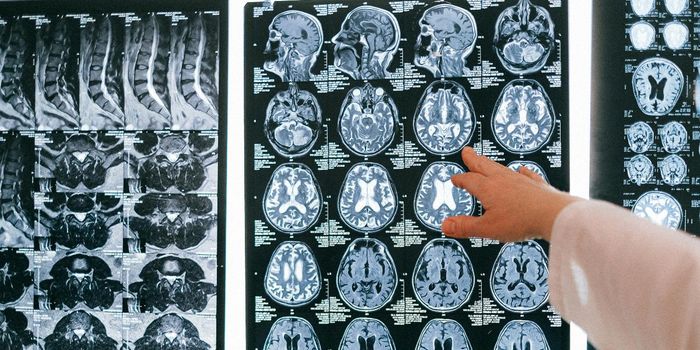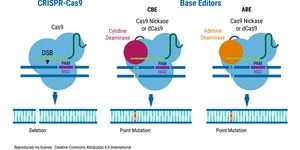A Newly Discovered Function of the Cerebellum
The cerebellum is primarily involved in movement, but a recent study found that the cerebellum is also involved in remembering emotional experiences. The study published in the Proceedings of the National Academy of Sciences has implications for developing appropriate therapy treatments for fear-related disorders. The study demonstrated that the cerebellum and its interactions with other brain structures enhance memory storage facilitated by emotional responses.
Previous studies have shown that emotions activate the amygdala which in turn facilitates the storage of information in various areas of the cerebrum. Scientists are discovering that there is overlap in the brain regions responsible for cognitive brain functions. Brain mapping research sheds light on the brain structures and their various functions as well as the key roles of the amygdala in processing.
The researchers showed 1,418 participants emotional and neutral images and magnetic resonance imaging to chart participants’ brain activity. In a memory test following the visual experience, participants remembered more details about the positive and negative images than the neutral images. Enhanced storage of emotional images was linked with an increase in brain activity in the areas of the cerebrum. Researchers had previously established a link between emotional processing and the cerebrum, but this study also revealed increased activity in the cerebellum.
The study indicated that the cerebellum communicates with various areas of the cerebrum during the processing of emotional images. The cerebellum receives information from the cingulate gyrus which plays a key role in perception and evaluation of feelings. The cerebellum communicates with regions of the brain such as the amygdala and hippocampus (which plays a central role in memory storage).
Study author Dr. Domonique de Quervain explains why this discovery is important for neuroscience research: “These results indicate that the cerebellum is an integral component of a network that is responsible for the improved storage of emotional information.” Improved memory of emotionally significant events can serve as a crucial survival mechanism, but very negative experiences can trigger anxiety. The findings are relevant to understanding mental disorders characterized by divergent emotional circuitry like autism and post traumatic stress disorder.
Sources: Eureka News Alert, Proceedings of the National Academy of Sciences








